How To Protect Your Child With Food Allergy Labels
When it comes to protecting our children with allergies especially when it comes with food allergies, we always want the best. Parents who buy allergy name labels, for example, want everyone to know about their child’s restrictions come mealtime. This is one of the good ways to alert them about it. These labels are special indicators that make others immediately aware of exactly what type of food allergy your child has. Most labels can be stuck on or ironed on to a range of items such as snack boxes, lunch boxes, and clothing. So, whether at school or at home, food allergy labels are very useful. In this article, we have provided seven hints and tips to protect your child from exposure to food allergies. With a special focus on food allergy labels, you can find lots of useful advice to prevent an allergic reaction to your child.
-
Allergy labels on lunch/snack boxes
When your kids run off to school every day they will be exposed to a range of different foods. Whether it be in cooking class or out in the yard eating with their friends. If your child has allergies, this is where you want to be extra careful in protecting their health. You will want every student, teacher, and parent to know about your child’s allergies. One of the best ways to alert and inform everyone about this is with sticky allergy labels for kids. Place these on your child’s lunch and snack boxes and when they pull them out at recess or lunch they will be easily noticed. Teachers, as well as the parents and students, will know immediately what allergies your child has. These sticky labels are great for letting others know about your child’s food allergy.
-
School camps
One of the biggest worries parents have for their kids with allergies is when they travel away from home because they won’t have the chance to watch out for their kids and to keep an eye on what they are eating. School camps are very common for any kids at school. But they need to be carefully prepared for it especially if they have food allergies. A good first step is to make the teachers and the camp cook be aware of your child’s food allergies. This is to make sure that the food they eat contains no allergens.
Make this easy for you by purchasing some kids allergy name labels. Place these labels on any cutlery or possessions that your child will be taking to camp and using around the meal-time table. This will make other students, and more importantly, adults at camp understand that your child has a food allergy. Another great idea for school camps is to purchase some name labels for clothes. Many new teachers, and those getting used to the names in their class, will want to know exactly who is who. Especially if they don’t know which of their students has a food allergy.
-
Sleepovers and after school visits
Another part of school life for your kids is making friends. There will be times when an invite is given to come over after school or even for a sleepover on the weekend. It is important to be more cautious knowing that your child has a food allergy. Like if they are going to camp, your child will be away from the 'safety net' of your home. Thus, they will have to make sure they are careful about what they eat.
The best way to prepare your kids for this is to pack extra foods with them in special containers. Place sticky allergy labels for your child onto these containers. Then remind your child that when mealtime comes around at their friends’ house, they are to eat what has been packed. For extra peace of mind, you can pre-warn your child’s friends parents of your child’s food allergies before sending them over. If you plan ahead a meal can be made with no allergens in it.
-
Label all chopping boards in the home kitchen
This will avoid cross-contamination and the transfer of allergens to the foods your kids will eat at home. In order to prevent any allergic reactions to your children the best thing to do is to use some sticky name labels. These can be stuck on each different chopping board according to what you use it for. Personalised name labels can also be used as indicators for the type of food you are preparing. So, do yourself a favour and the next time you’re shopping online, look out for these specialised labels.
-
Label all other cooking utensils
Again, to avoid cross-contamination of any allergic food in your kid’s meal, label everything. This includes all different cooking utensils from knives to spoons to pots to pans. For example, you may love to put peanut butter in your satay chicken stir fry for you and your partner. However, peanut allergy is a common allergy for kids at a young age. So, you will want to avoid any chance of them getting exposed when eating their meals.
Therefore, if everything is separated and labelled properly in the home kitchen, you shouldn’t have a problem passing on allergens to your kids.
-
Disallow any allergen foods at home
For most parents who have children with a food allergy, considering the food they in store inside their home is a must. This means not eating certain foods that their child is allergic to such as food like nuts (peanuts) and shellfish are the common food that a child can be allergic to. So, if you do tend to entertain with or eat these foods as adults, you’re best to think again. The best way to protect your child from being exposed to this food is to not have them inside your home at all.
If you really want to eat food that your child is allergic to, maybe eating out will be an option. But be sure to wash your hands thoroughly and properly after you have dined out. This ensures no contaminants are passed on to your child when you come home.
-
Carefully read food packaging when shopping
Shopping can take on a different kind of task when you have children with food allergies. When at the supermarket, you should always have your child’s allergies in the forefront of your mind. This means scanning packaging for any harmful allergens that could cause an allergic reaction to your children. To get extra assurance that you aren’t buying products that contain these allergens, you can also search the company’s website or call them to confirm this. It’s always better to be safe than sorry.
Over time you will know which foods and products are the safest for your children. This also means shopping should become less difficult after you know what your kids can and can’t eat.
Share this post, Hit on social buttons!
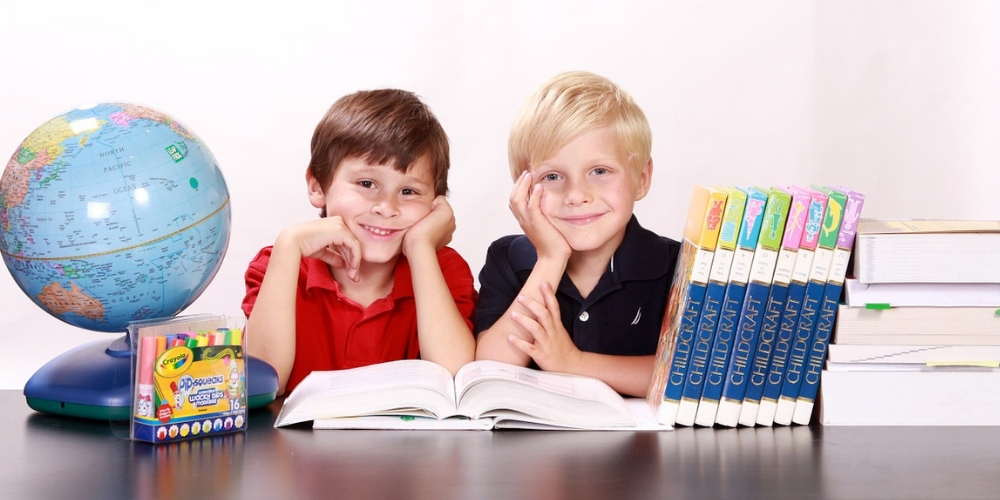
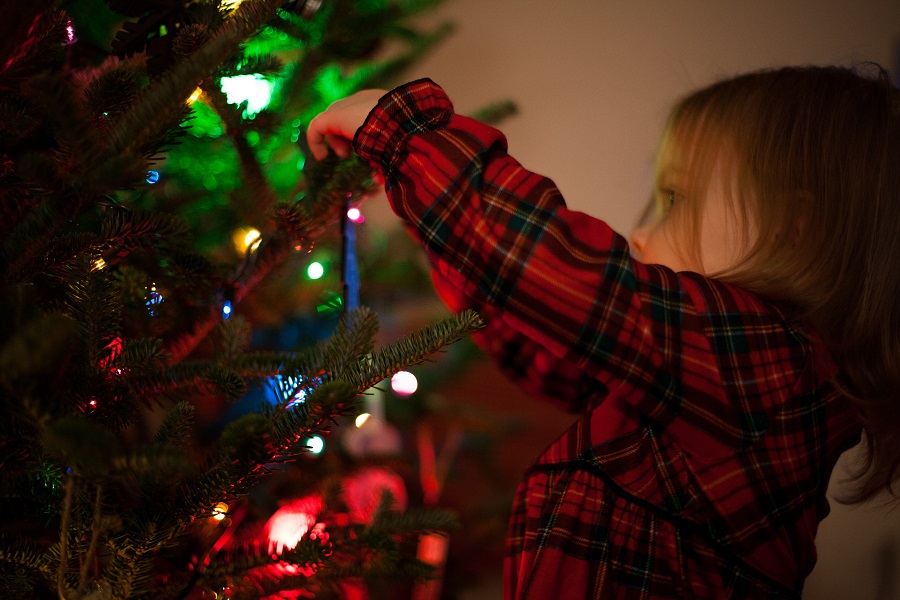
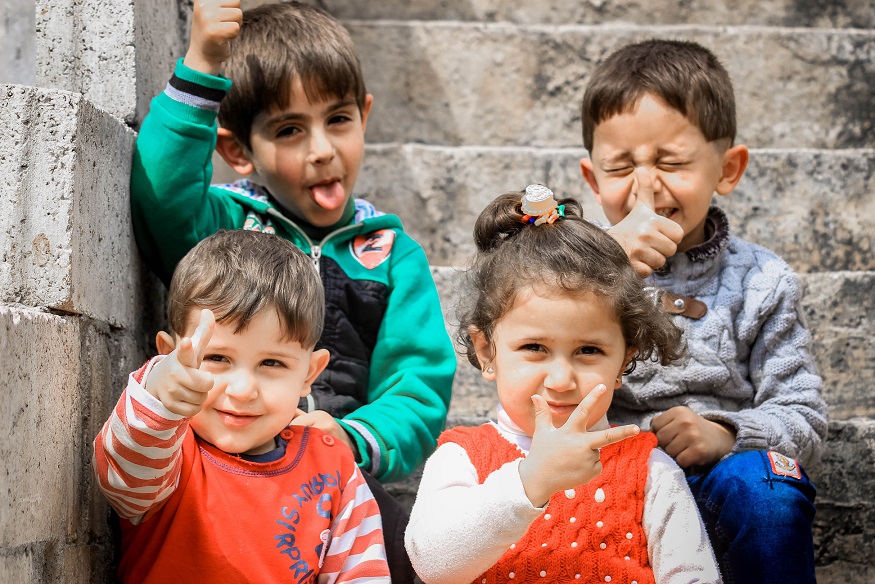


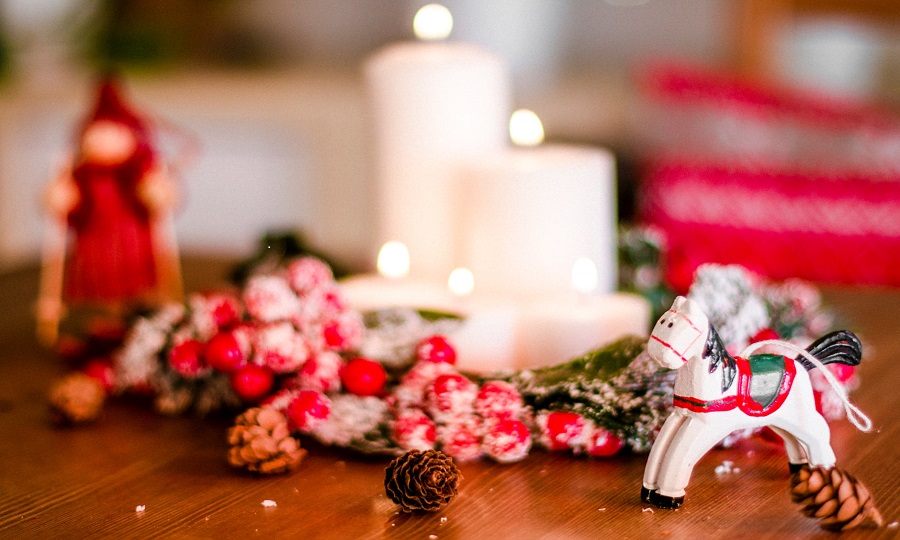

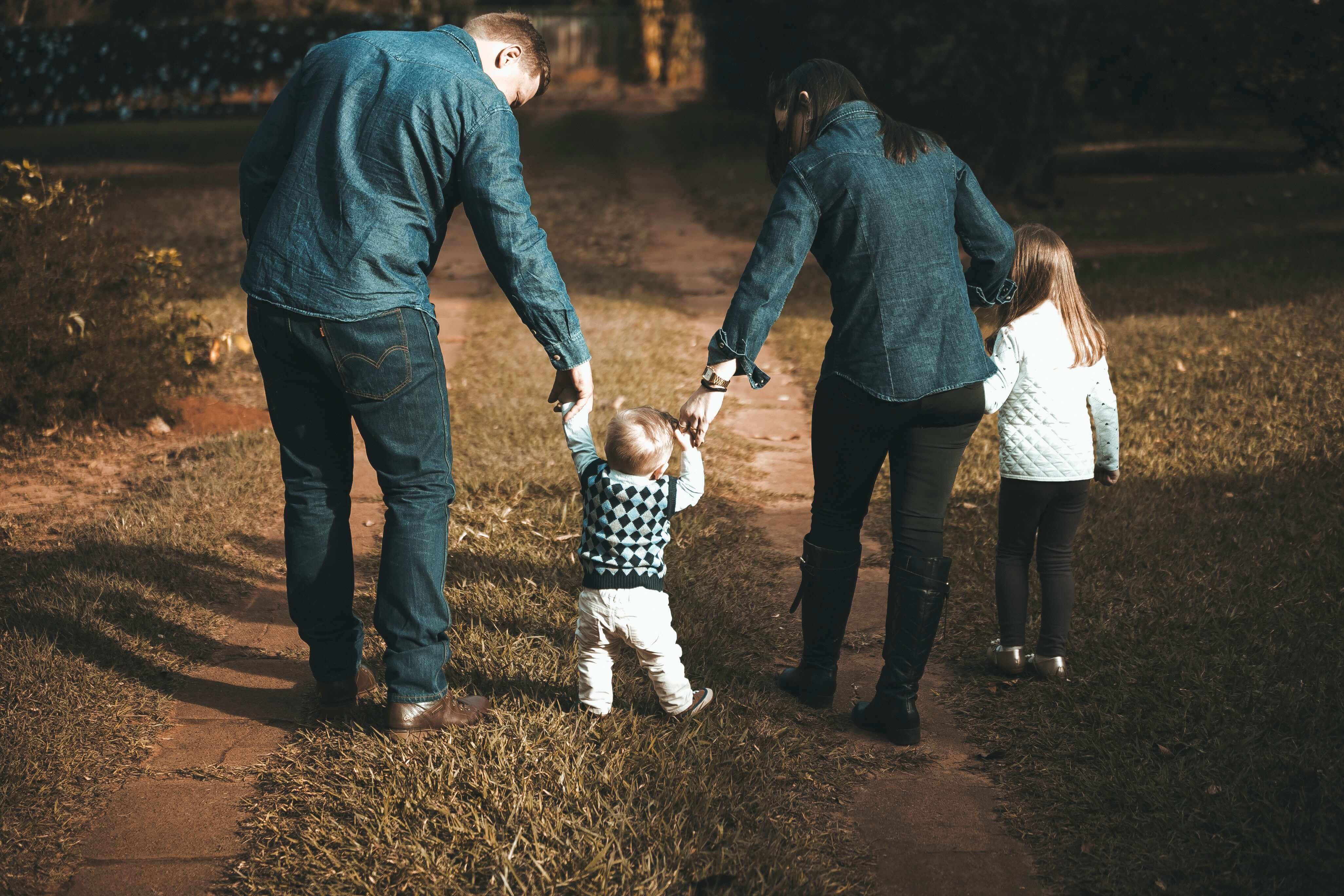

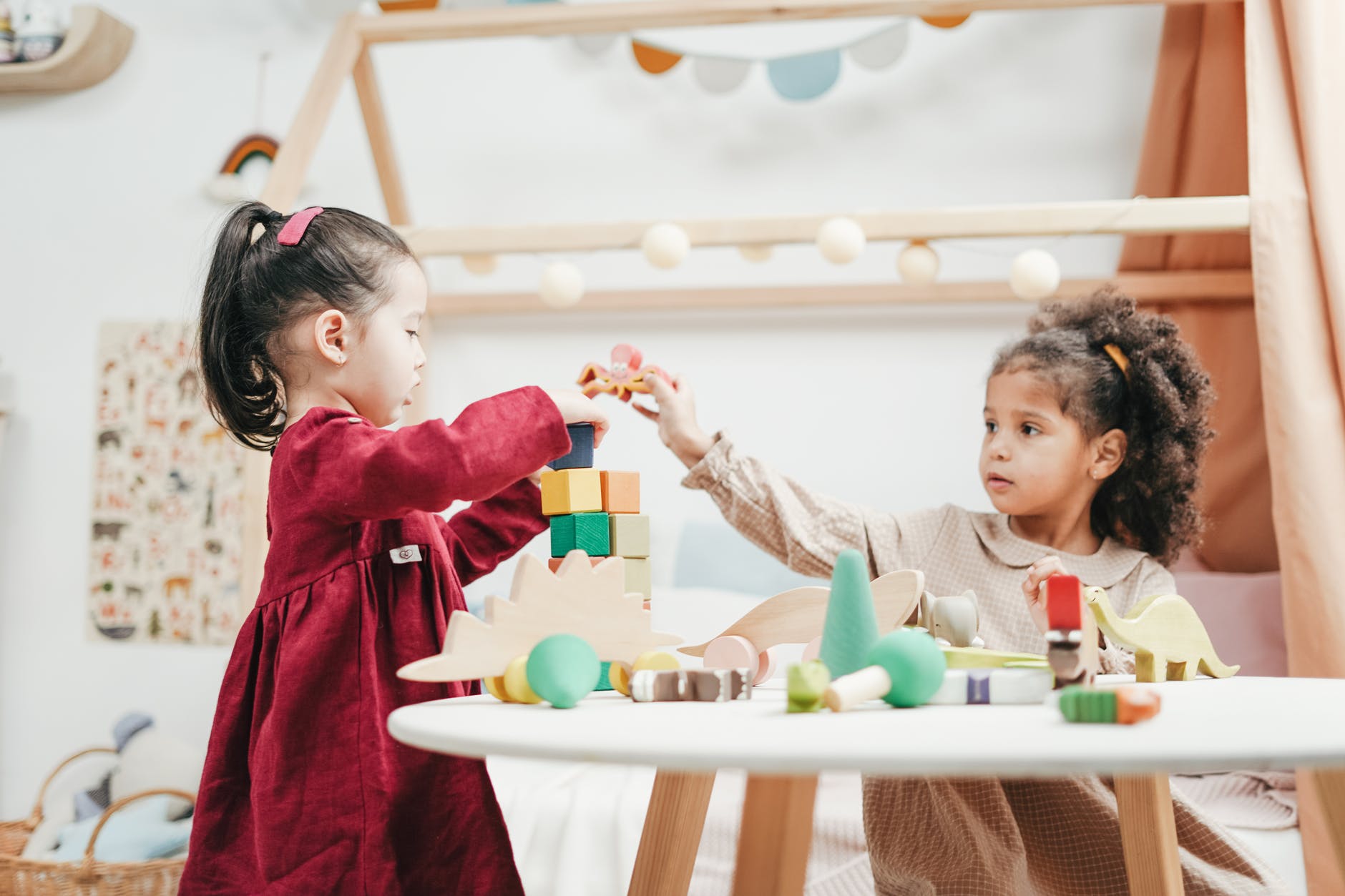


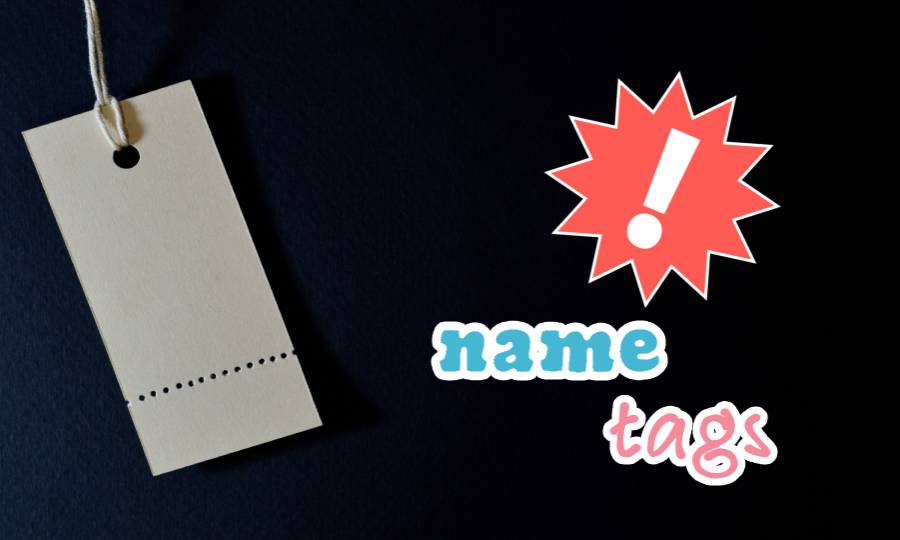
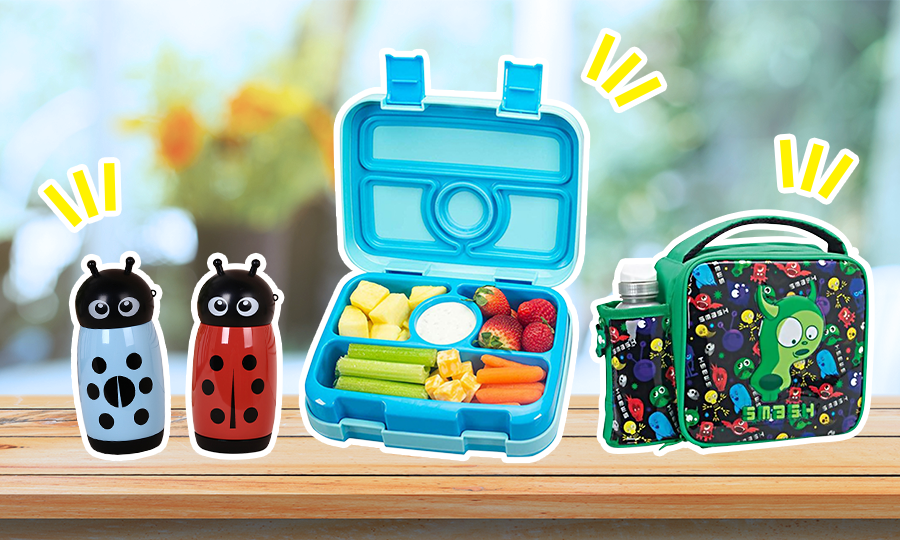

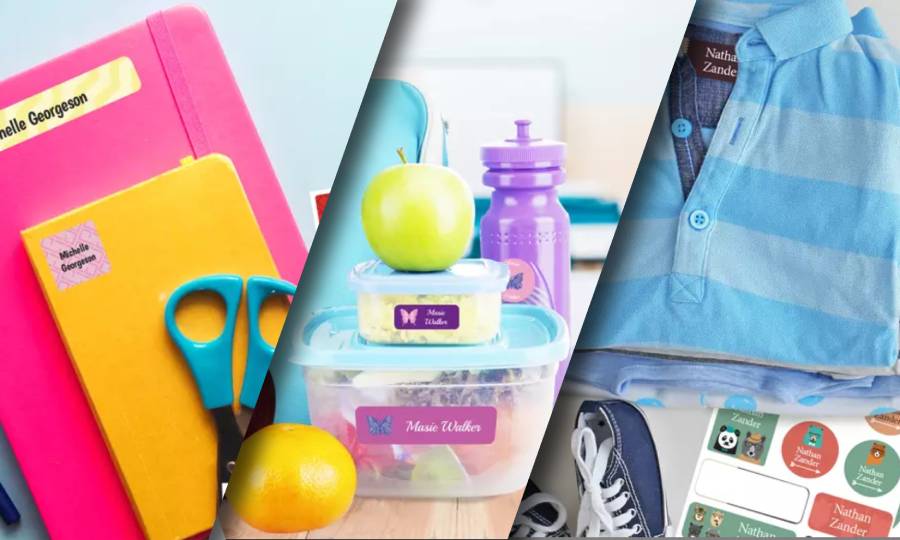
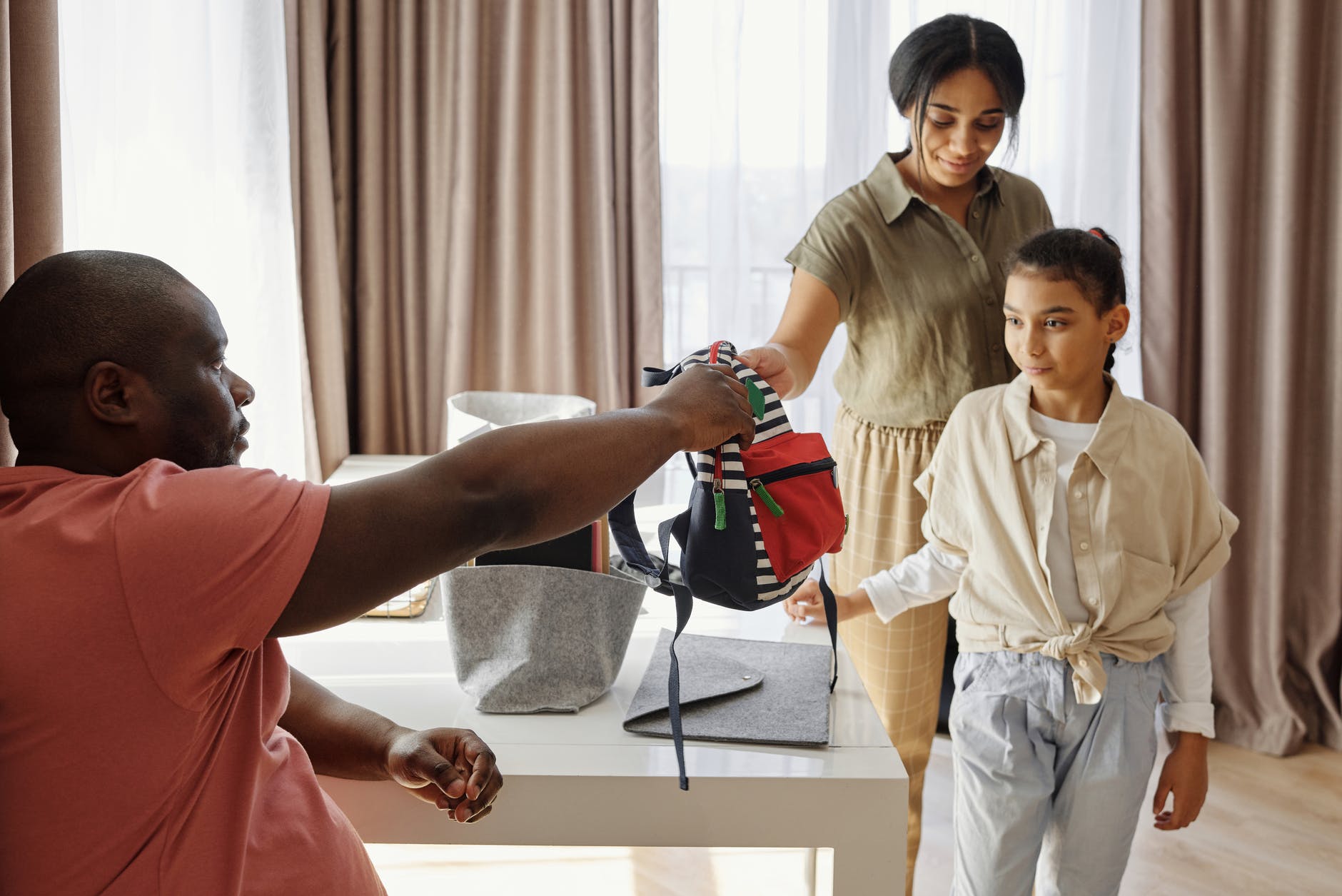

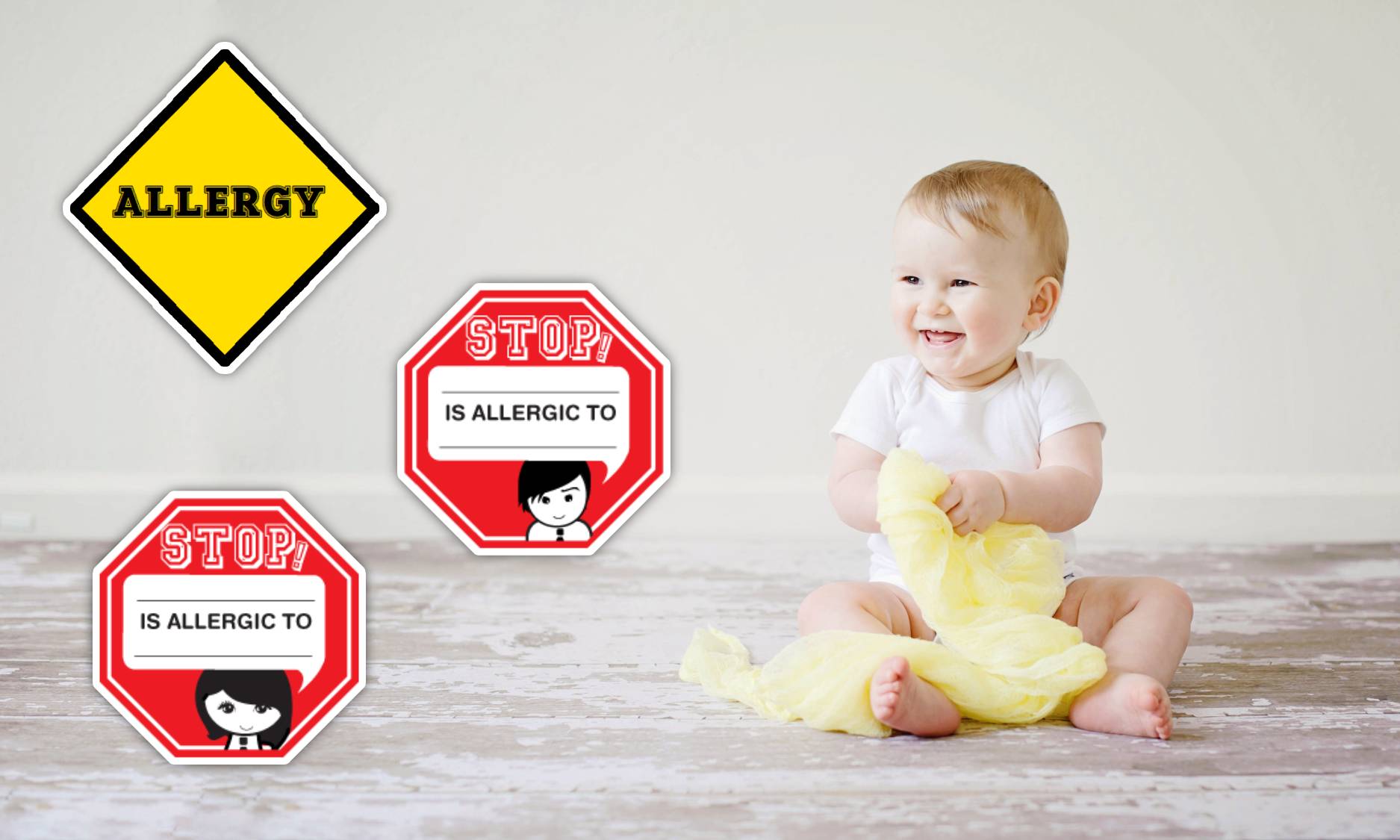

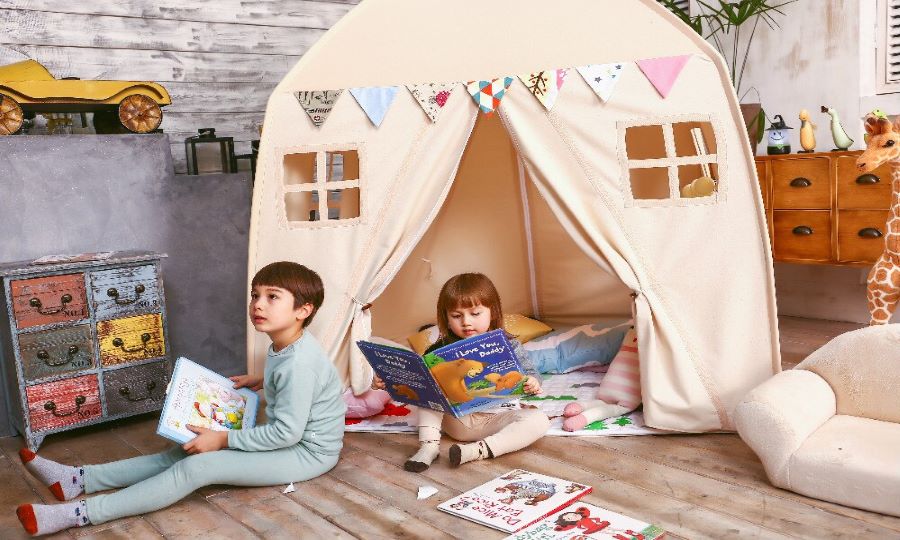

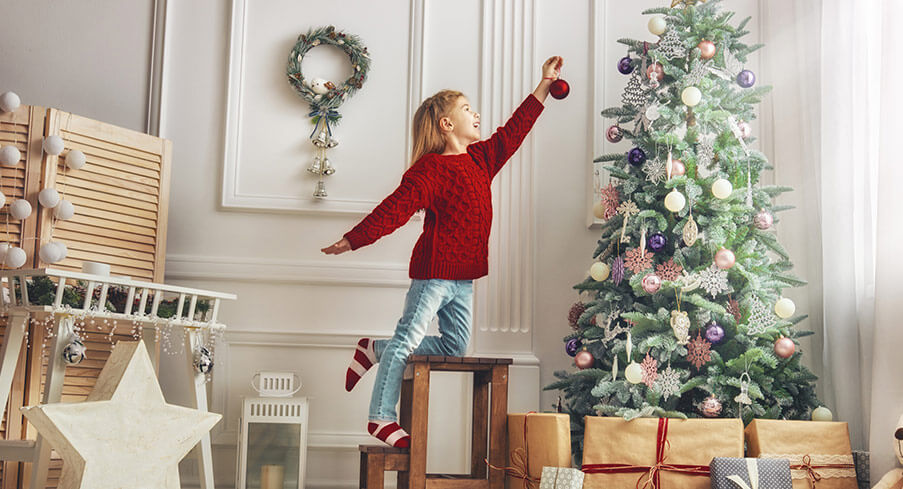
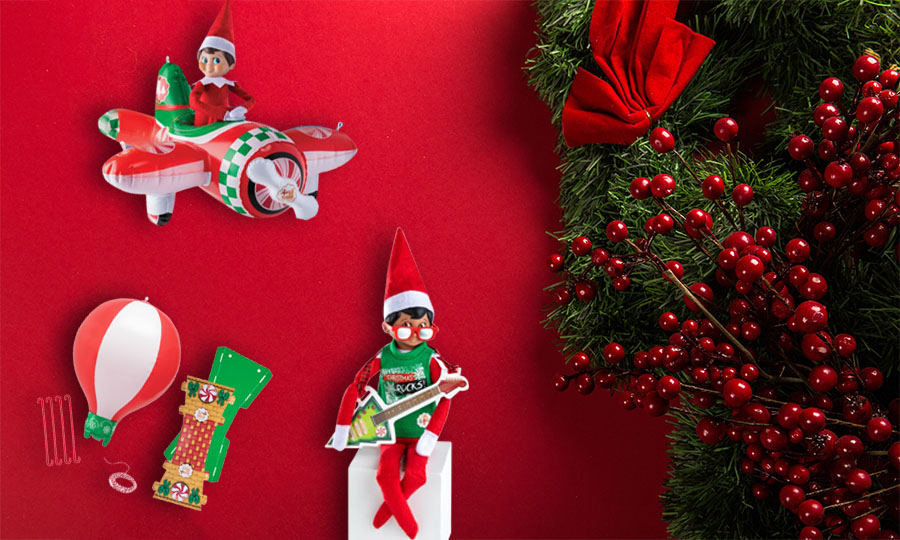
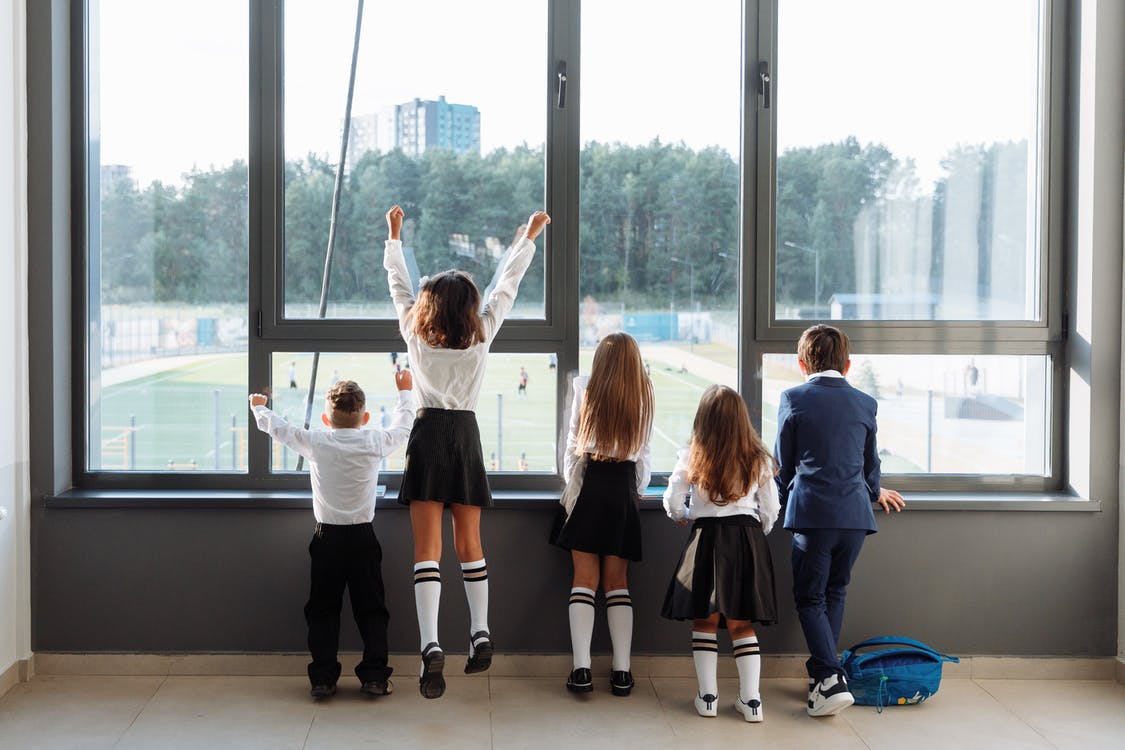

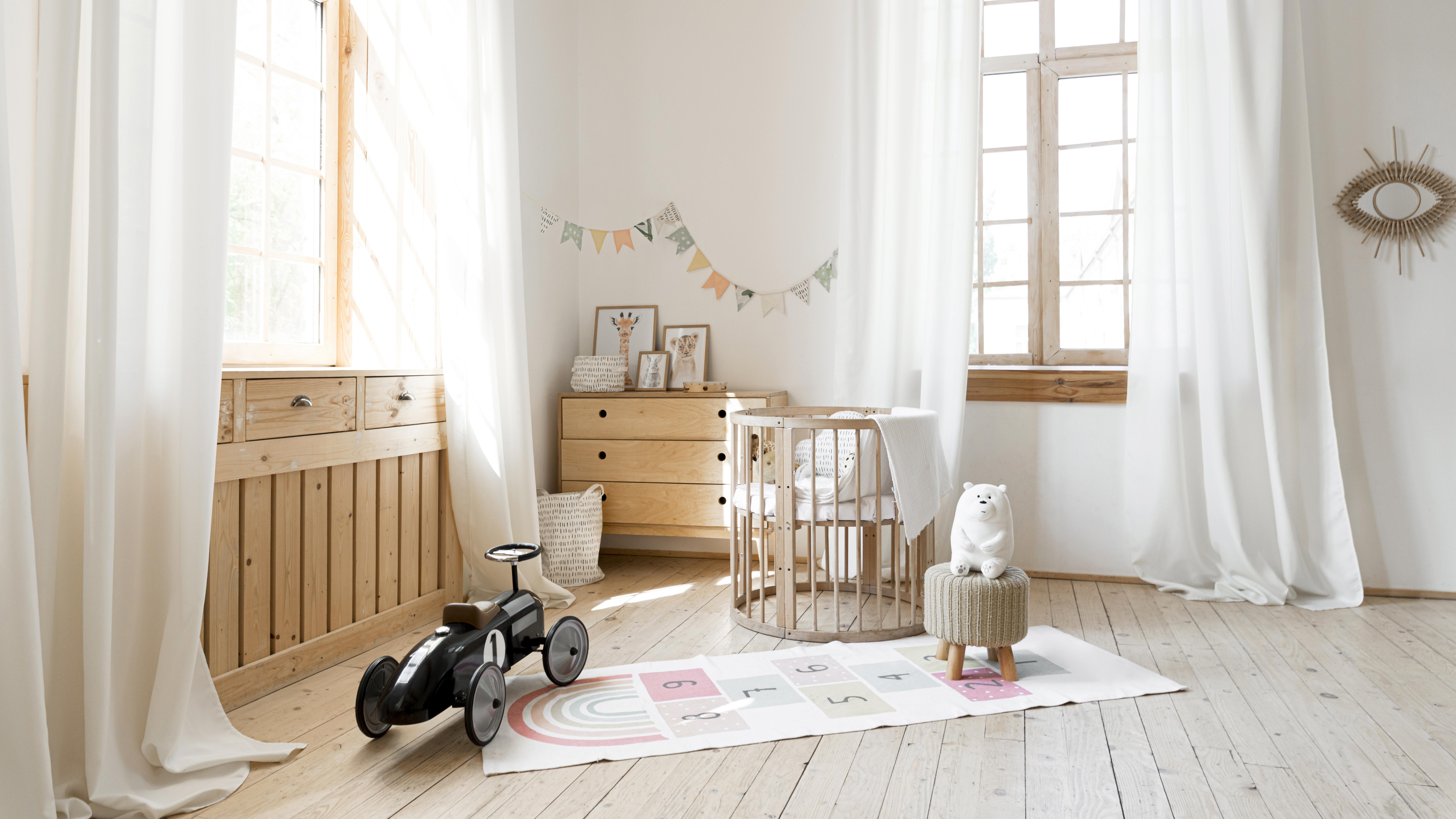
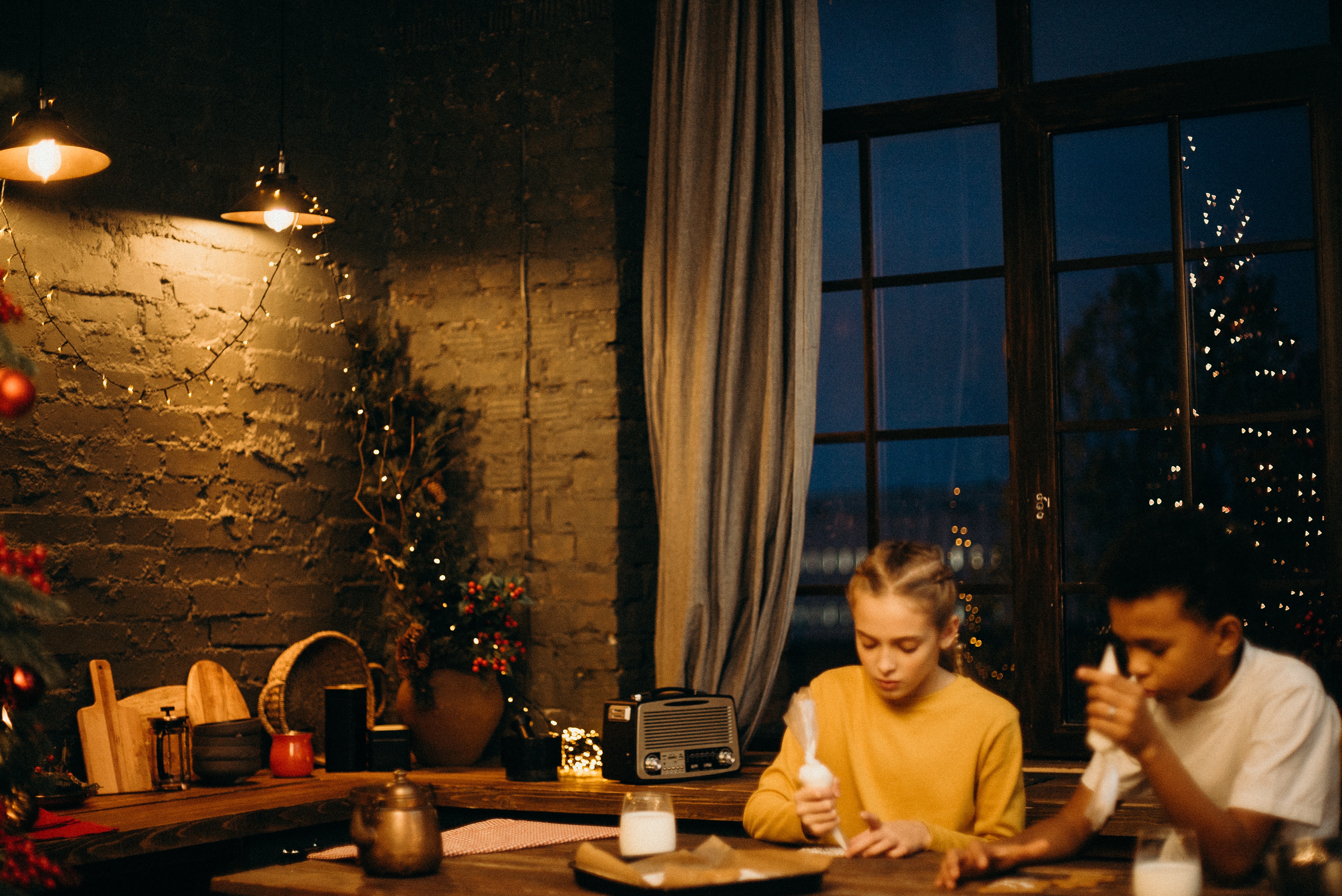

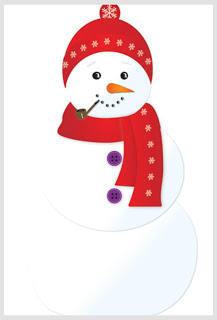
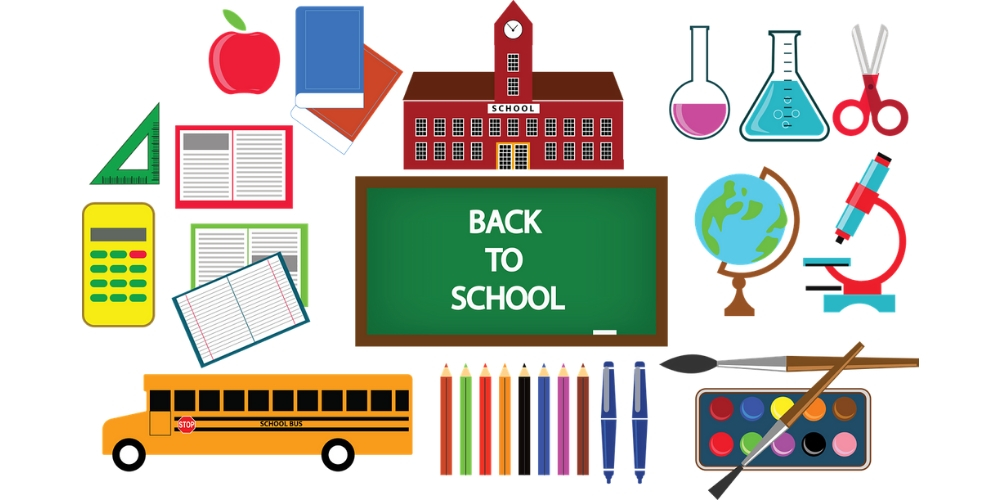

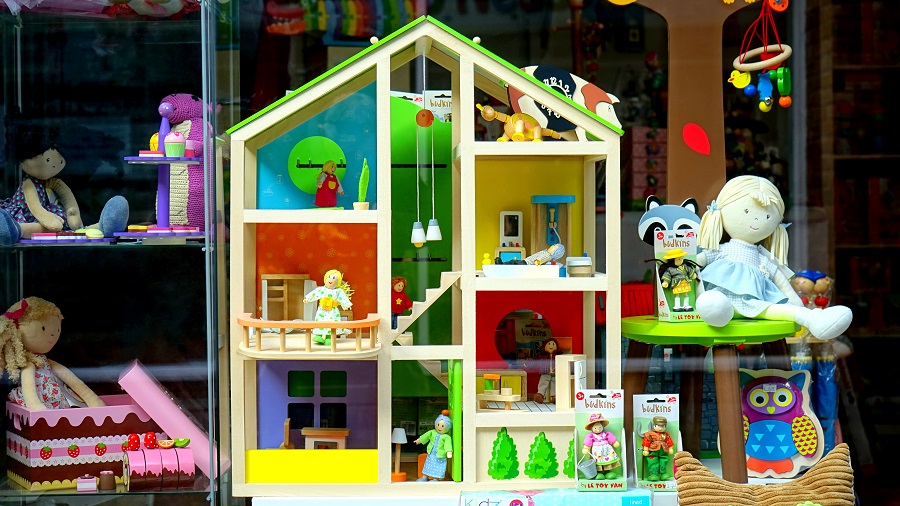
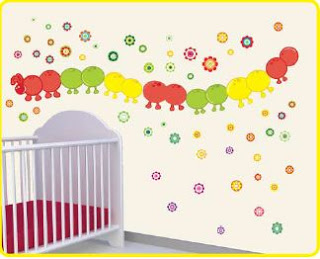
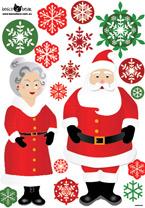

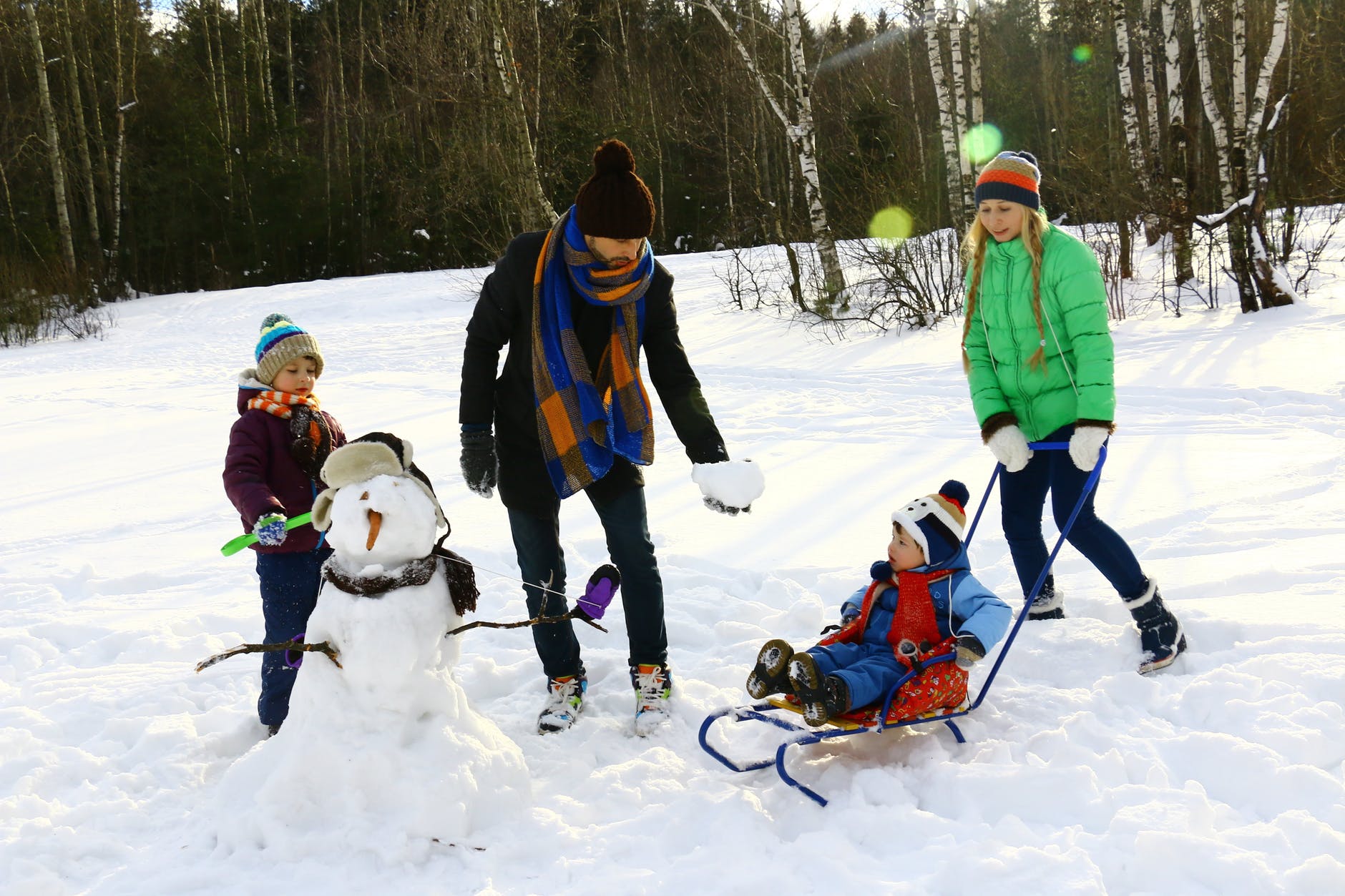

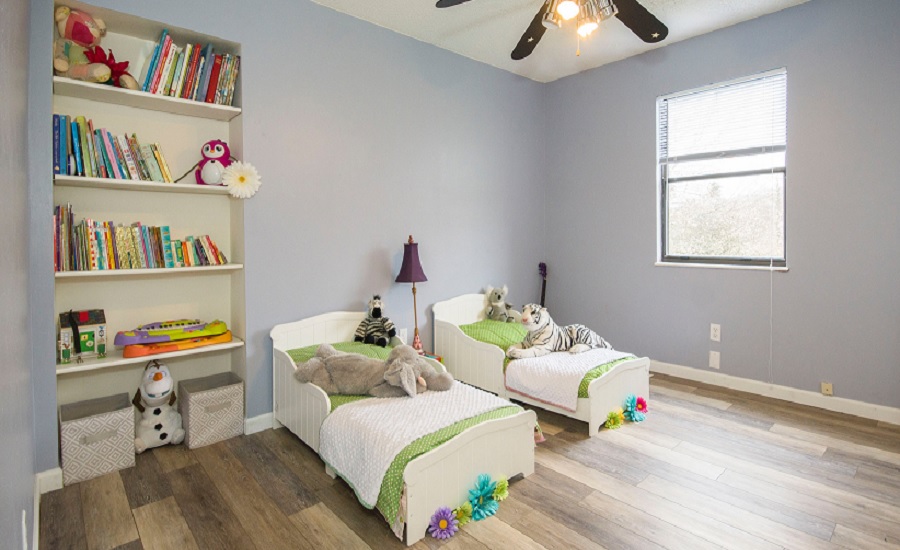
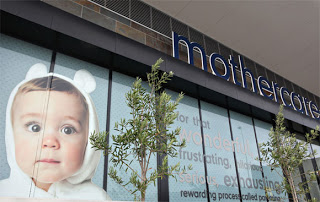
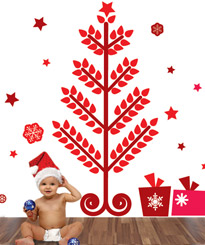

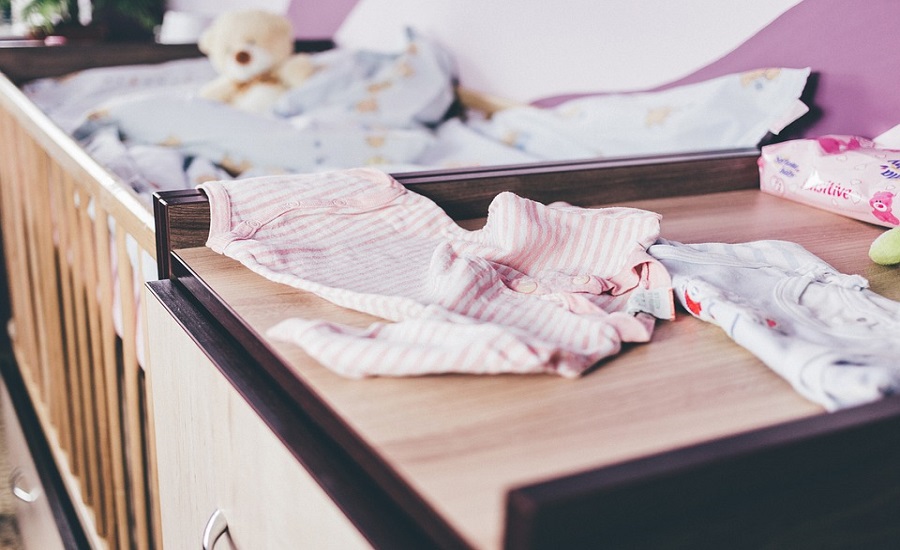

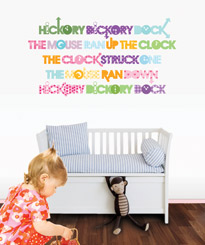
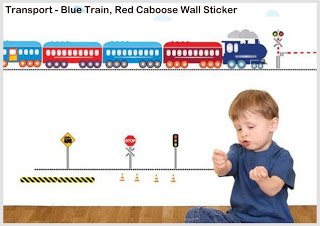

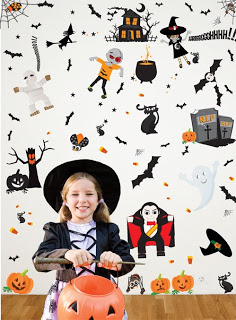
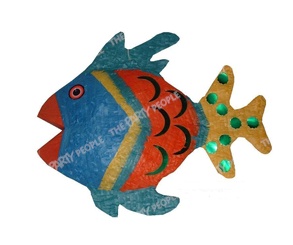
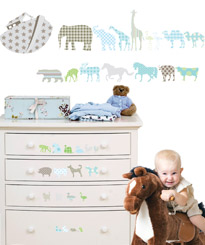

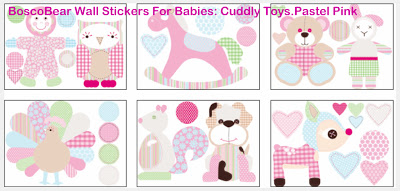
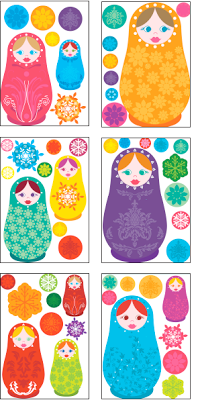



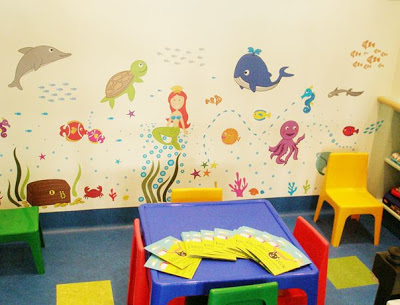
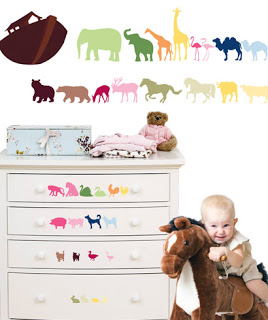
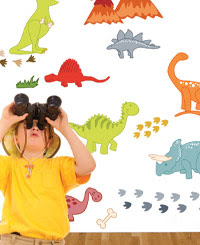
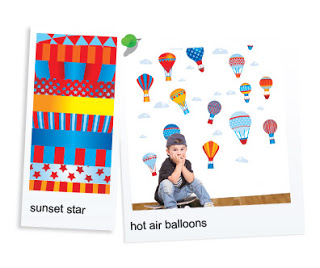

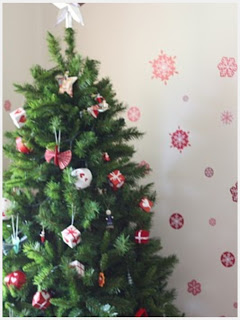

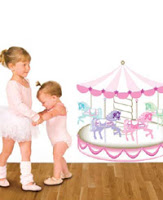
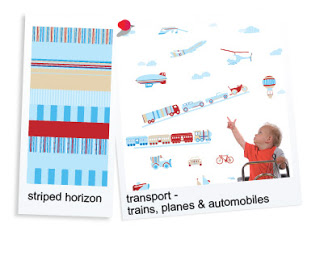
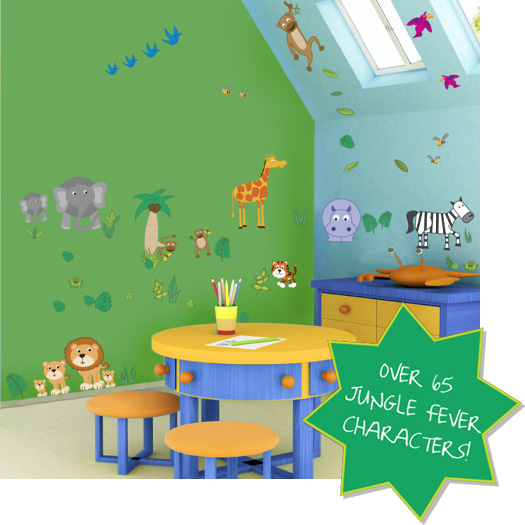
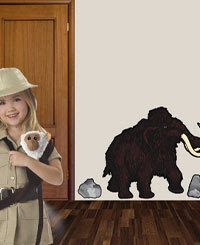



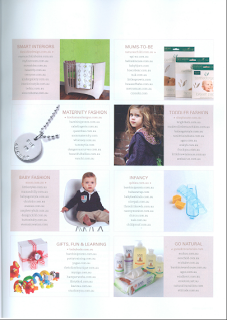
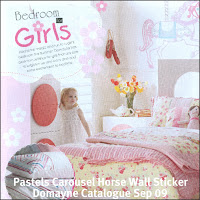
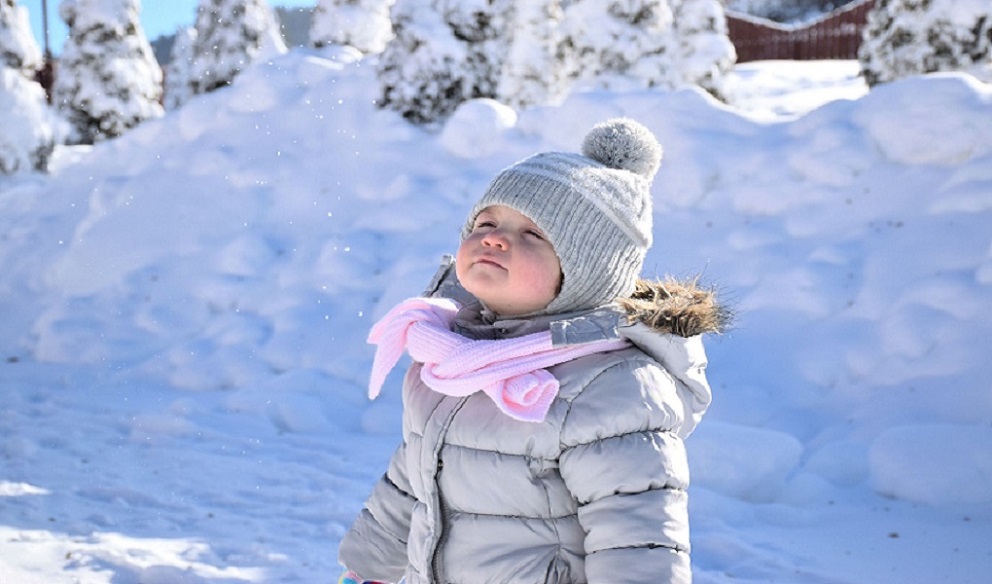

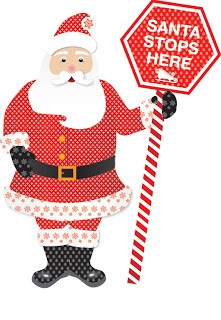
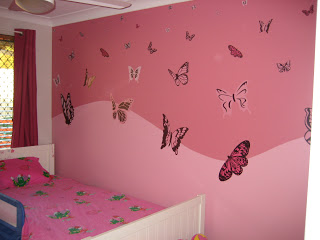
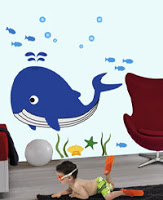

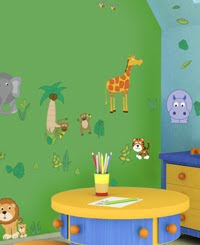
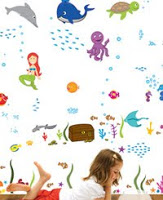
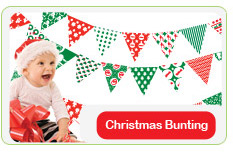
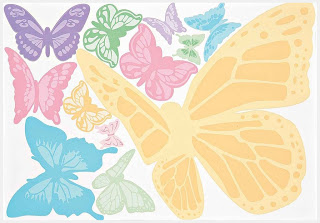
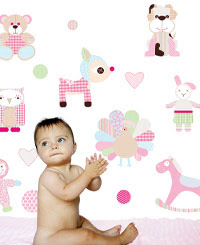


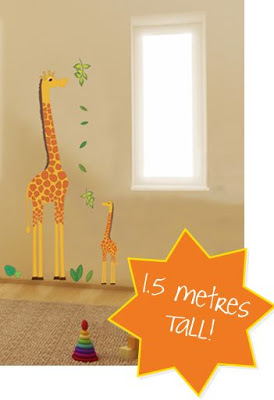
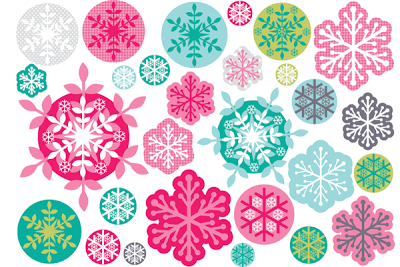
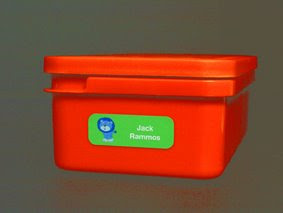
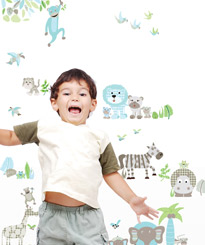
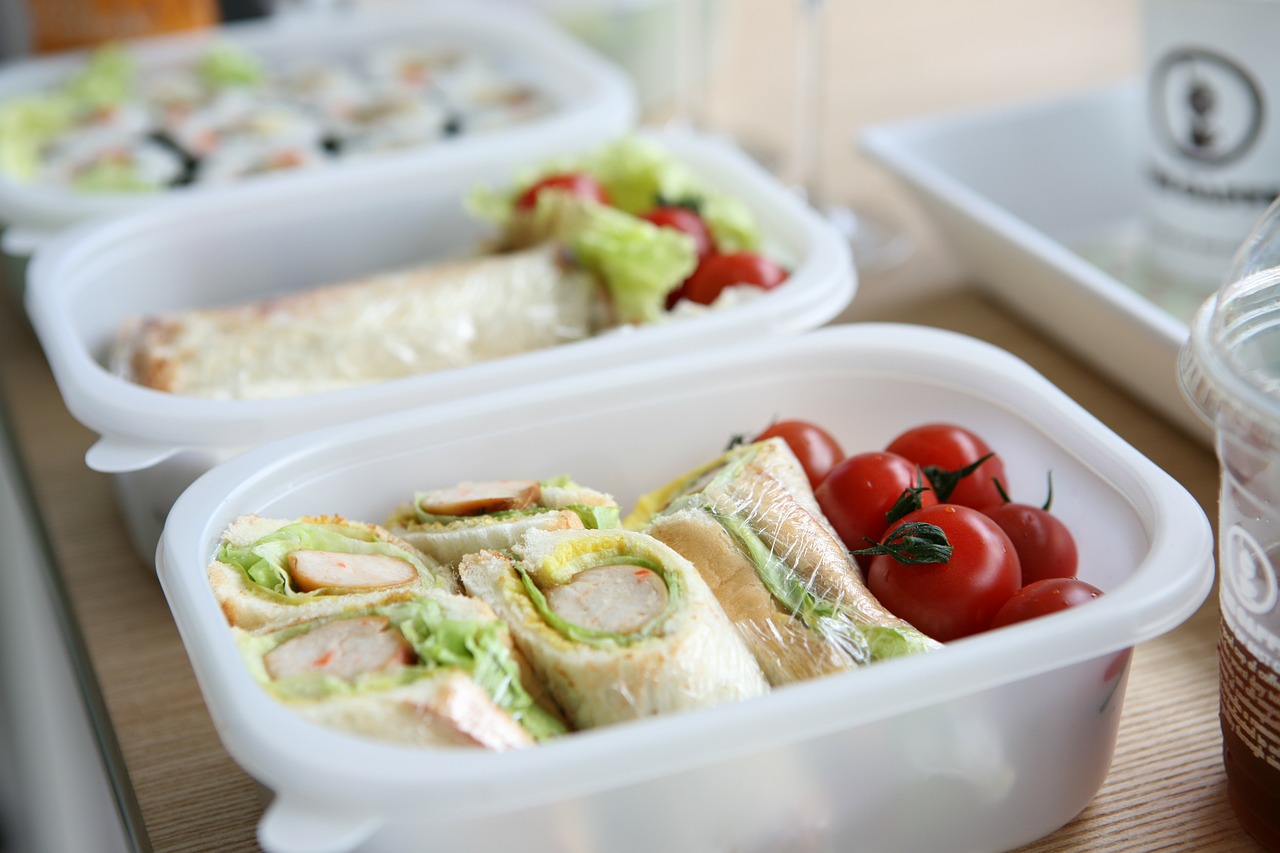
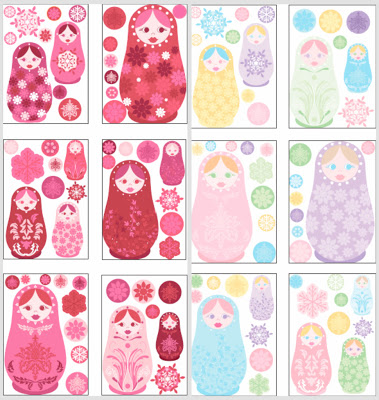
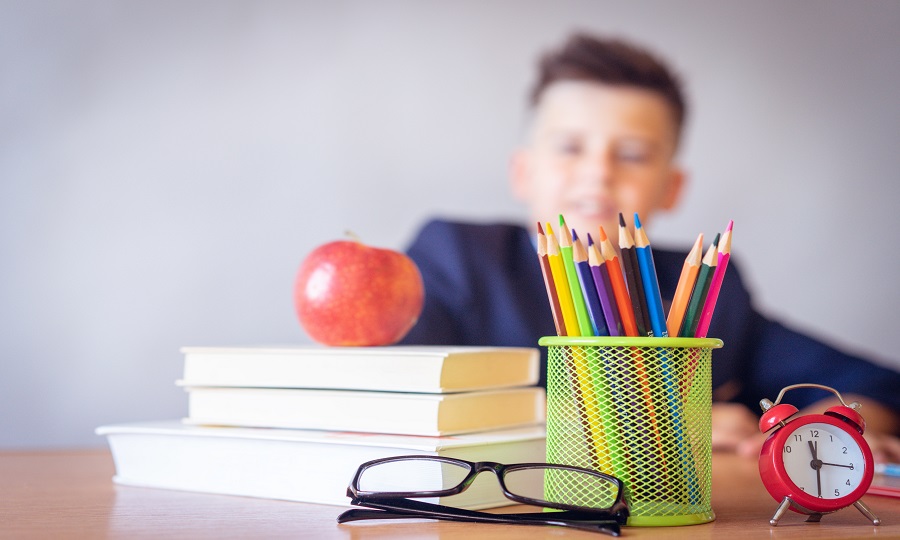
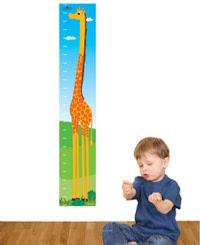

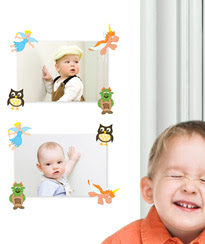
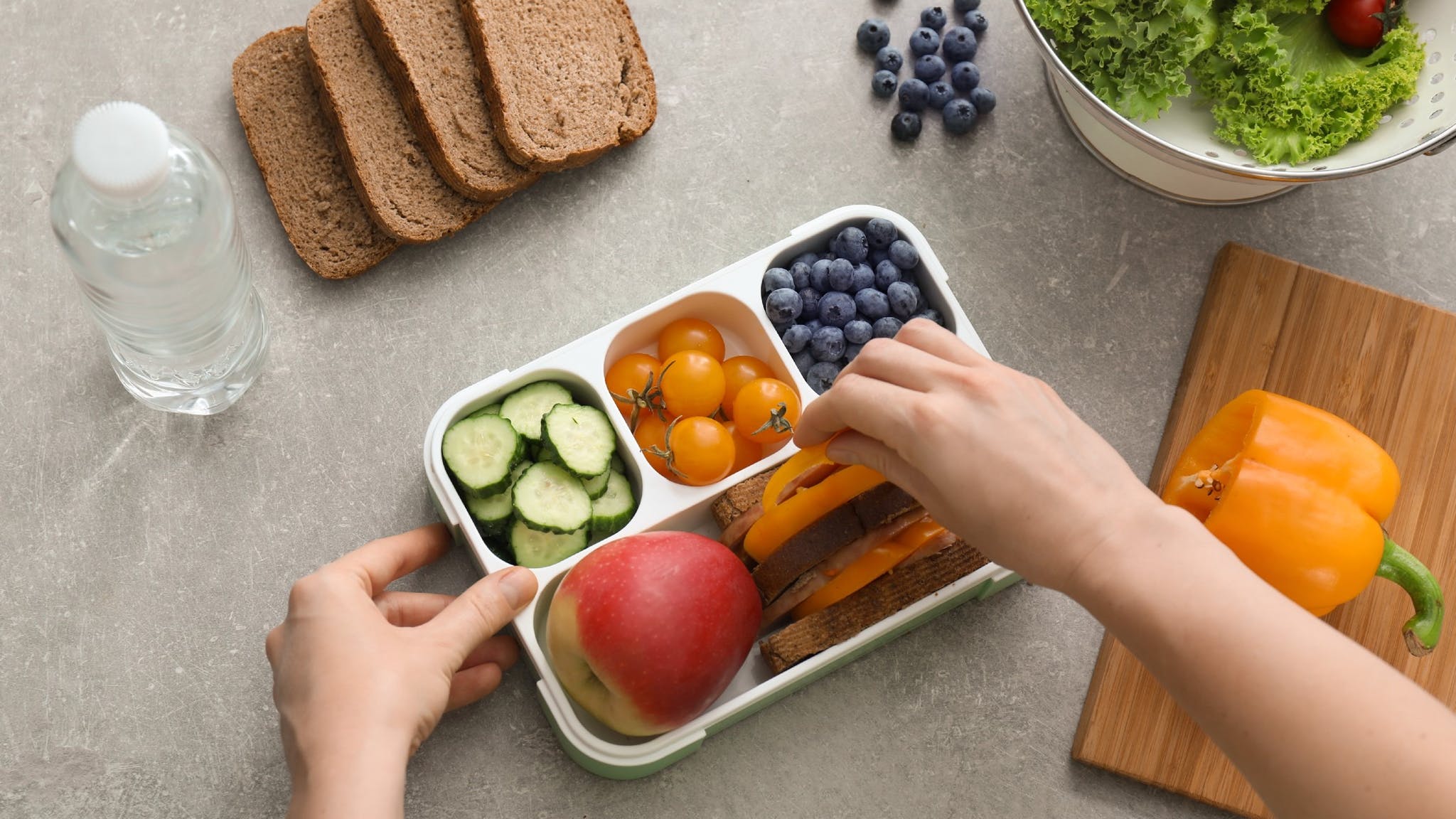
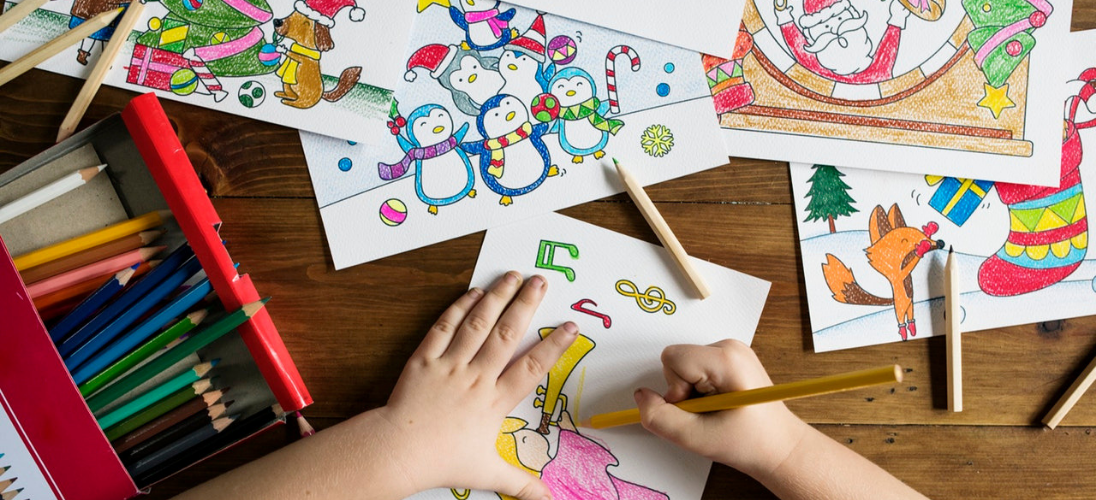
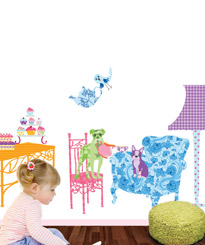
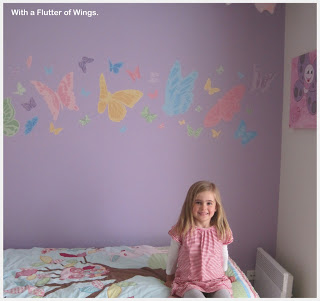

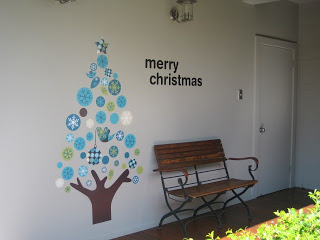

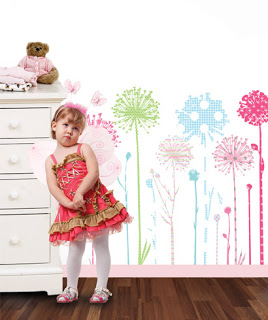
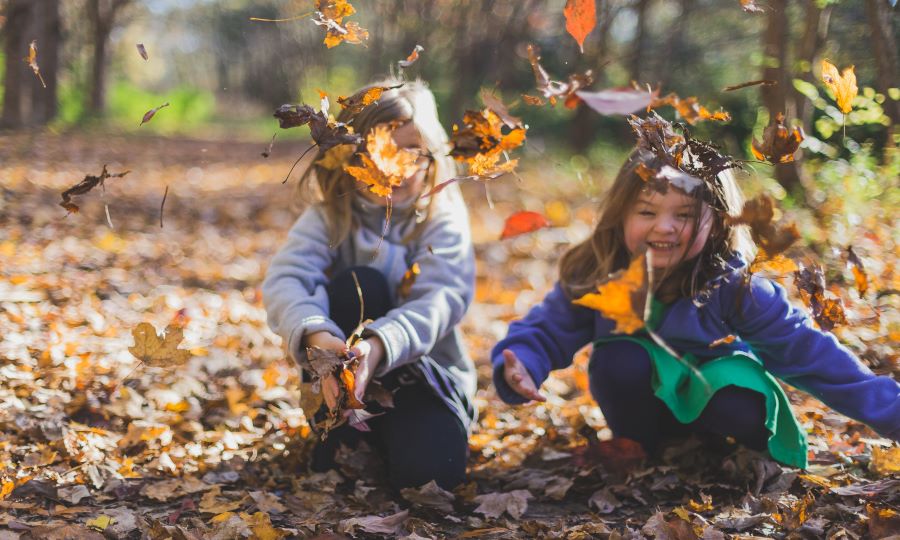
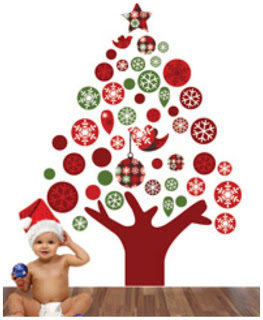
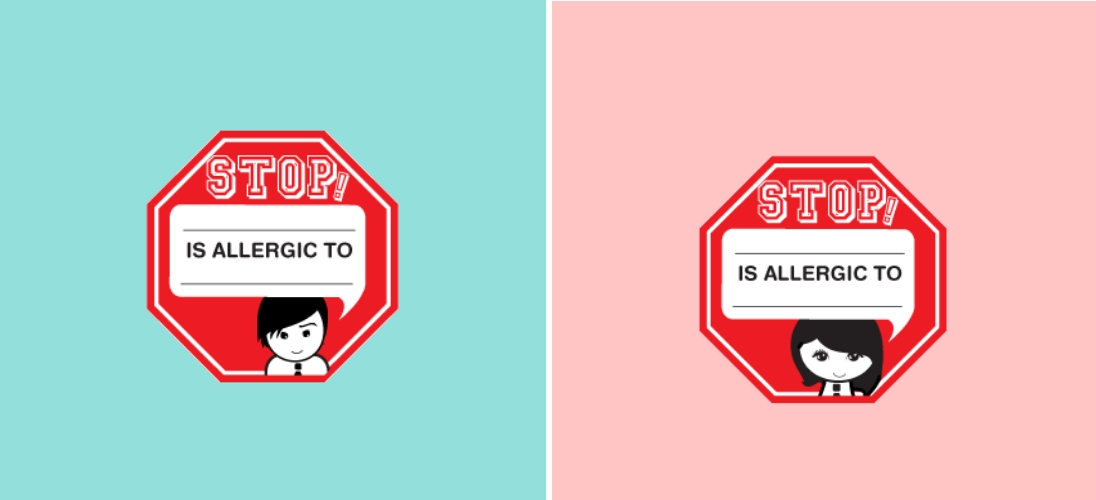

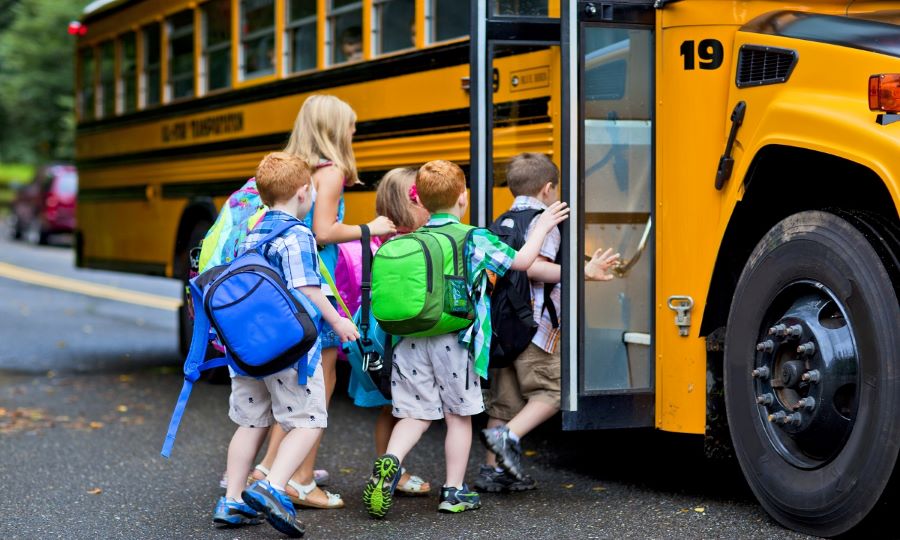
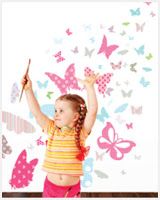
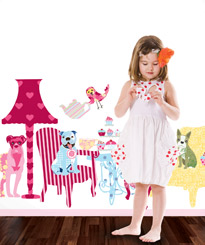

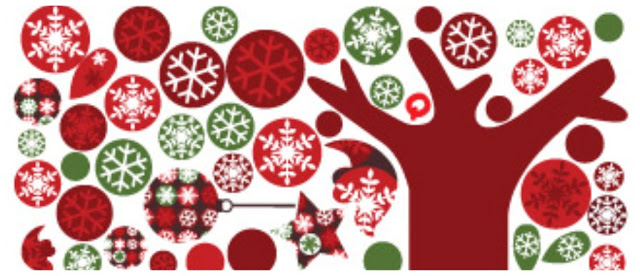
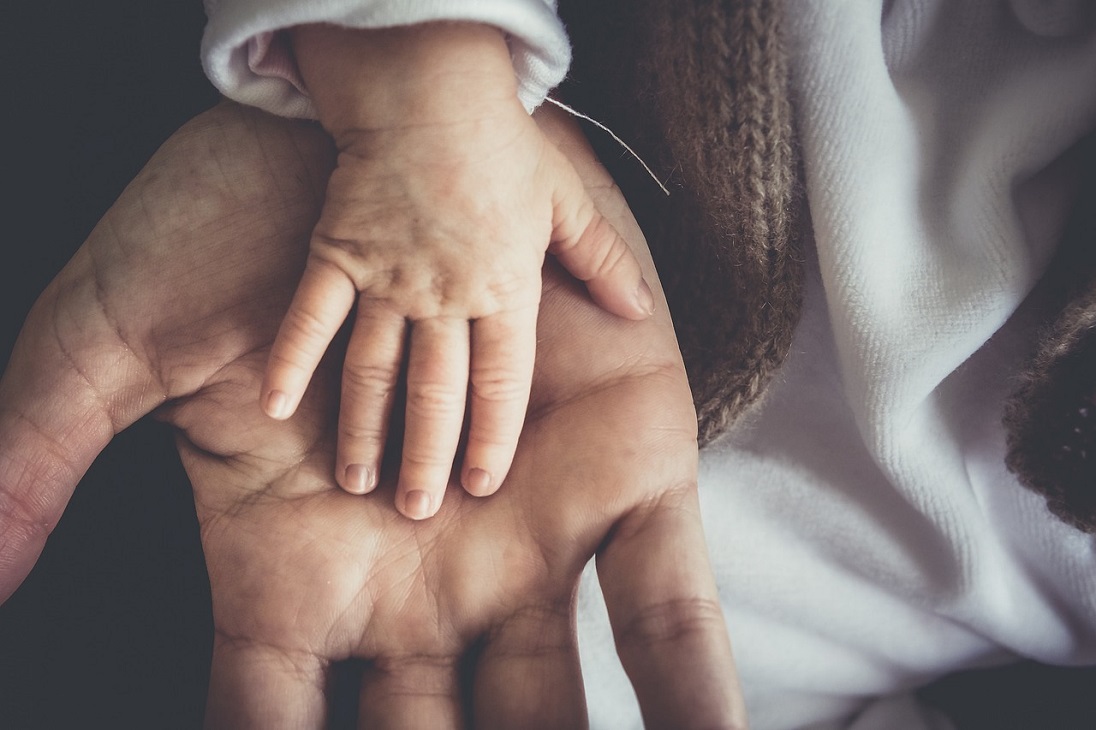


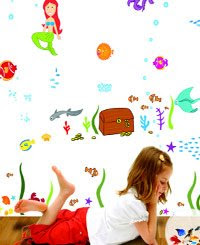

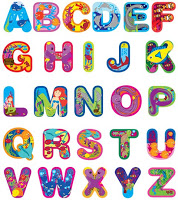
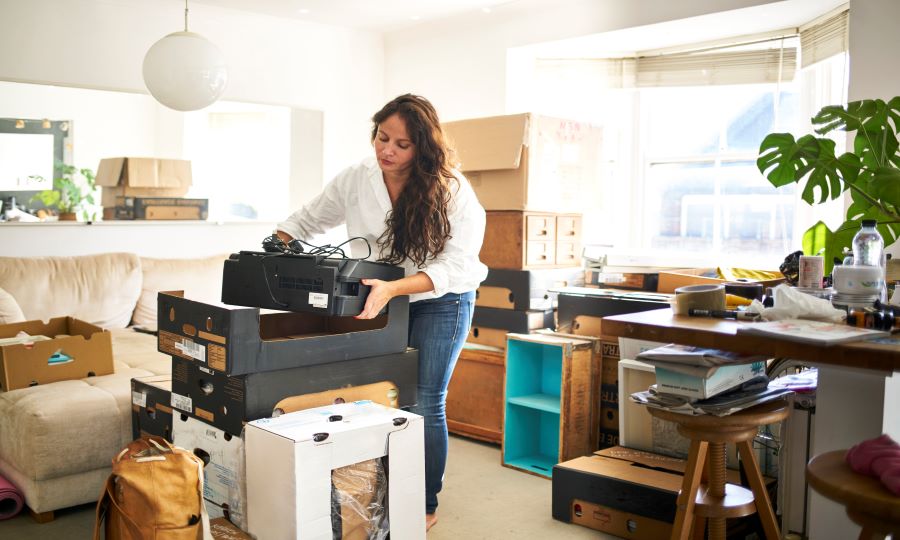



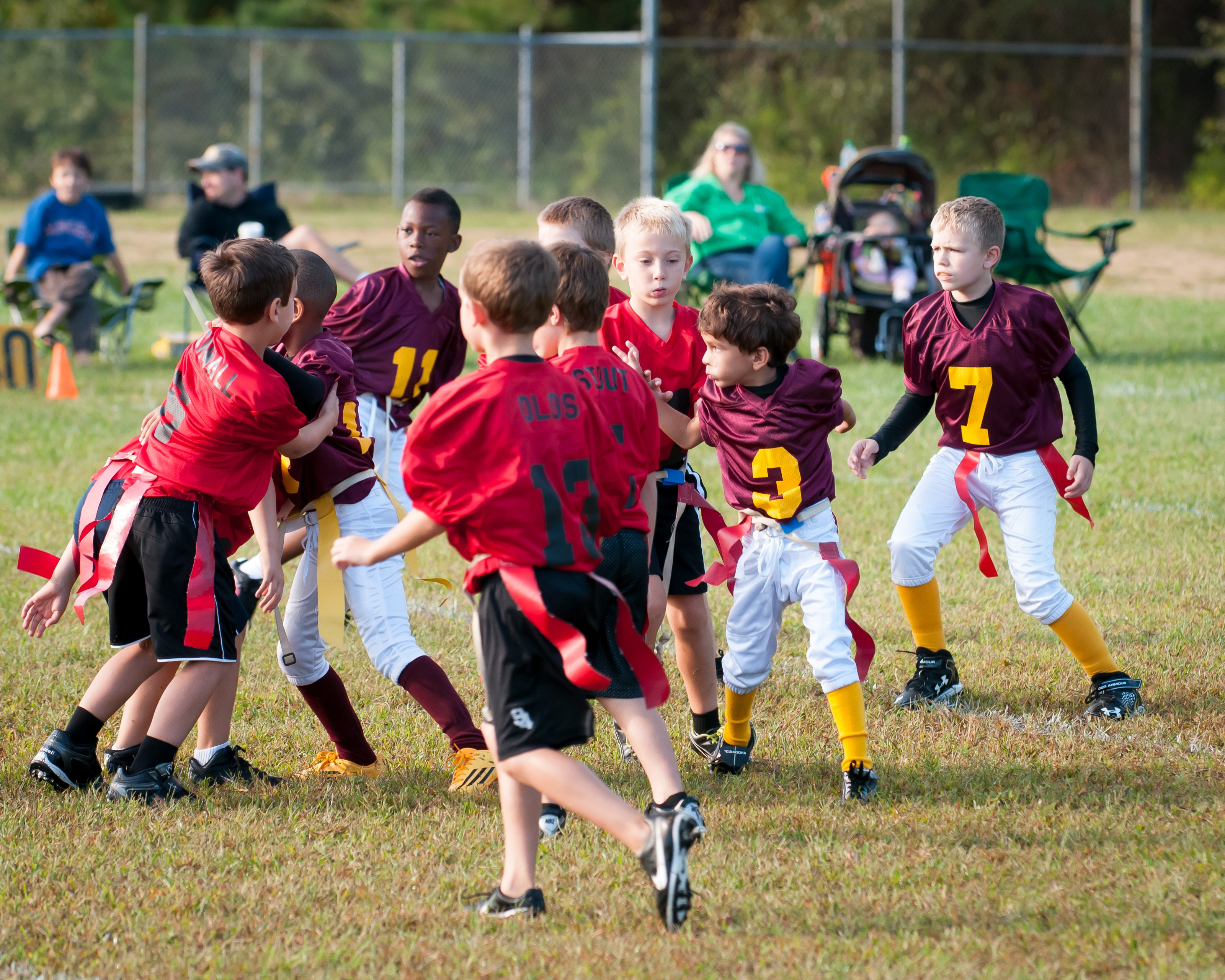
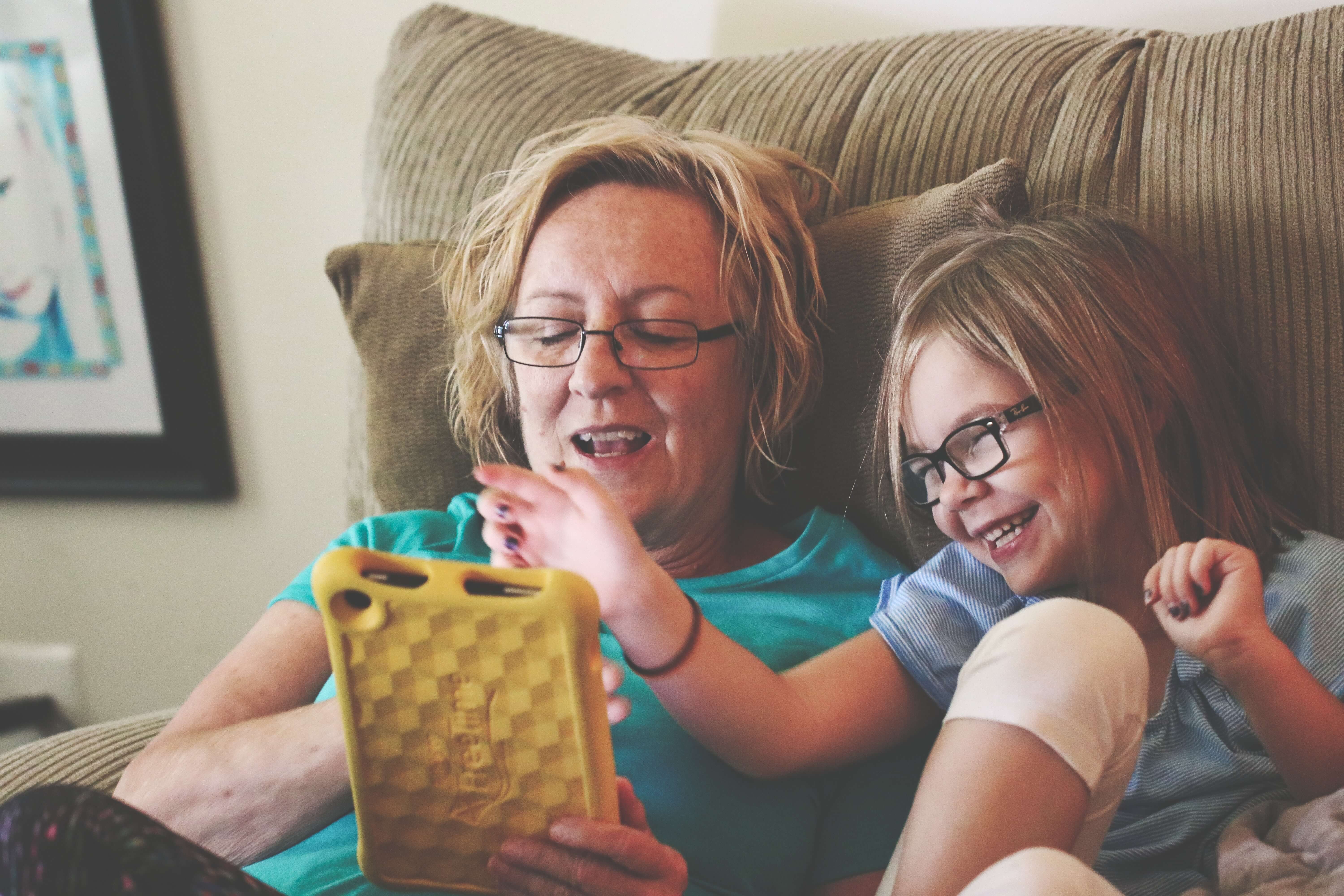






























































































































Categories
Tags
